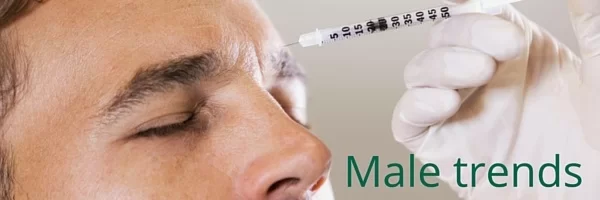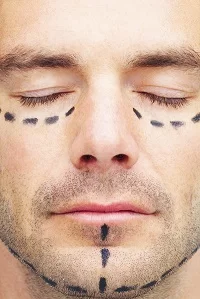A few years ago, we would mention the word Botox and people would look in disbelief as if we were muttering a spell. Aesthetic treatments were seen to treat only the wealthy and famous. We watched as celebrities continued to look effortlessly young, but not once did we consider the treatments ourselves. Fast forward a few years and the words “cosmetic procedures” is on everyone’s lips. So why has it changed?
The Growth of Cosmetic Procedures
A recent report by ASDS (American Society for Dermatologic Surgery) saw that 70% of individuals surveyed are now looking for a cosmetic procedure. The online survey was taken by 7322 individuals all expressing their reasons as to what they thought about the treatments.
So why is it now so popular?
A few reasons that have come to light from recent articles, surveys and reports such as the Nuffield Council on Bioethetics – Cosmetic Procedures: Ethical Issues are the following:
- Self confidence
- Celebrity influence
- Physcological reasons
- Media
- Career reasons
- Low cost
- “Quick fixes”
Cosmetic procedures are also easy to reach. A quick google in your area and lists can appear of local practitioners all willing to make your vision a reality. A large part of the decision is also from the fact that cosmetic procedures in aesthetics are temporary. Results will last for an average of 3 months with the option to “top up” the treatment to maintain it’s effects.
7 in 10 are Considering a Cosmetic Procedure
Whatever the reason for your decision to consider treatment, you are not alone. Long gone are the days of this hushed topic. People now proudly show off their new features achieved with the power of the needle. Women are no longer swapping knitting patterns but practitioner details.
You are not alone in your consideration to have cosmetic procedures.
Here at Cosmetic Courses we focus on our patients. We teach our delegates how to perform treatments but also how to look after their patients. We guide them through their treatment and help them to make a decision. We work strongly by the belief that only the patient can decide what they want and encourage our delegates to listen and advise.
Top Tips for your Decision…
If you are thinking of getting a cosmetic procedure we ask you to think of the following in order to aid your decision:
- Why do I want this?
- What do I want to achieve?
- Have I researched this treatment?
- Am I prepared for the change?
A good practitioner will help you in your decision and will only carry out treatment as they see fit and when you are confident in your decision.
Non-Surgical Treatments as a Model at Cosmetic Courses
If you’re one of the 70% interested in trying out a new cosmetic procedure becoming a model is a safe and cost-effective way of trying the latest techniques and products available.
Cosmetic Courses has been training medical professionals in the UK since 2002. As one of the longest-established providers we pride ourselves on the quality of our training and the products we use for treatment. This means that you are receiving the safest possible treatment as a model with us. The added bonus is that the treatment with us is a fraction of the high street cost.
If you would like to speak to one of our consultants or to book in for any of our Non-Surgical Facial Aesthetic Treatments please call us now on 01844 390110 or register here to receive further information.

 that male clients made up 9% of the total number of those undergoing cosmetic surgery operations in the UK. These numbers have nearly doubled over the past decade (from 2,440 procedures in 2005 to 4,614 in 2015). However, treatments for men tend to be less invasive than for female clients.
that male clients made up 9% of the total number of those undergoing cosmetic surgery operations in the UK. These numbers have nearly doubled over the past decade (from 2,440 procedures in 2005 to 4,614 in 2015). However, treatments for men tend to be less invasive than for female clients.







